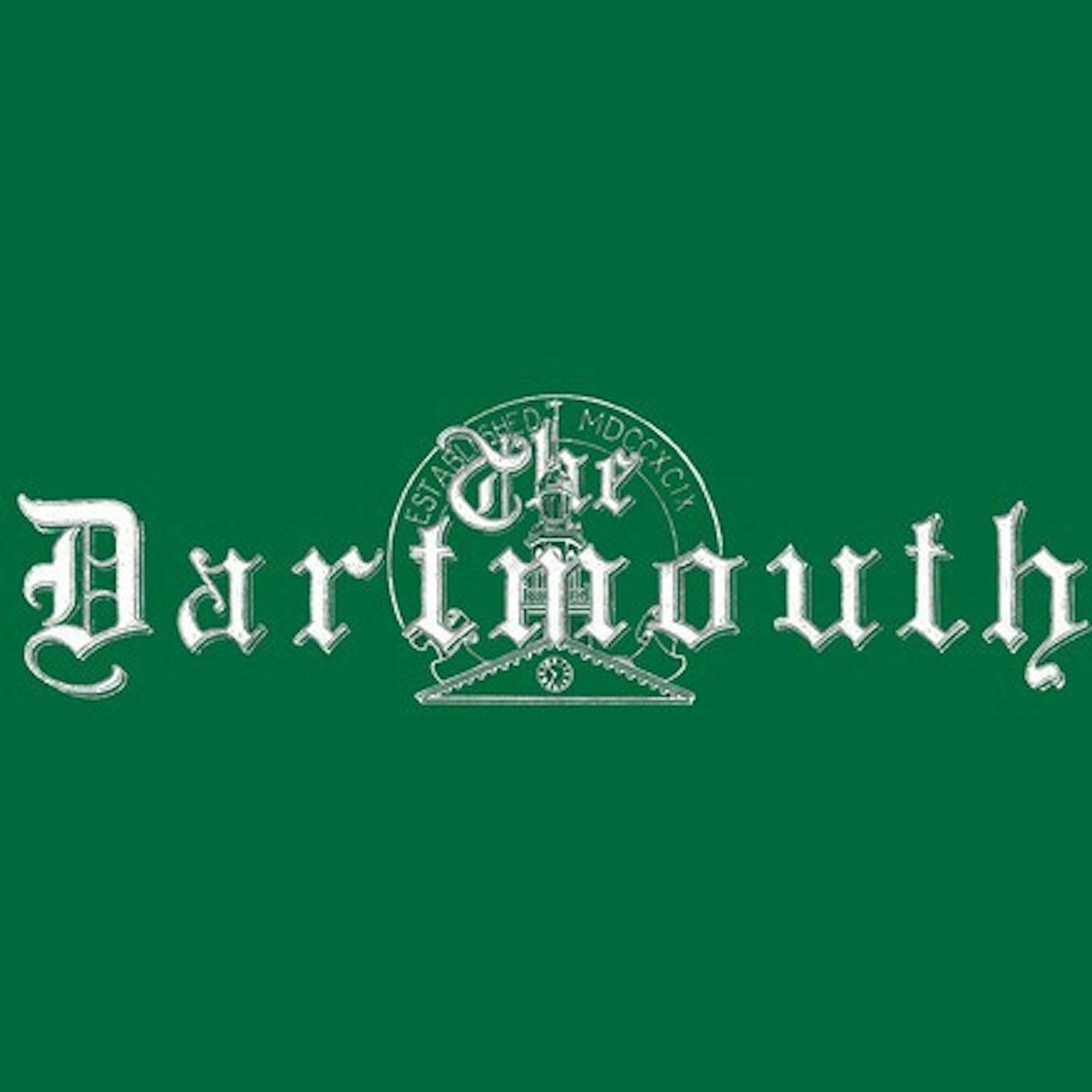Nachtwey is the inaugural Roth Distinguished Visiting Scholar and will spend most of the 2012 to 2013 school year in residence on campus, visiting classes and working in the studio. The 10-month residency and endowed position was established by Daryl and Steven Roth '62. Nachtwey, who last was in residence as a Montgomery fellow in 2002, was the recipient of the World Press Photo award in 1994, the Dan David Prize in 2002, the Heinz Arts and Humanities award in 2006 and the TED Prize in 2007. He also received the Overseas Press Club's Robert Capa Gold Medal five times for his coverage of war in Afghanistan, Kosovo and Chechnya. At the College, Nachtwey studied art history and political science.
Nachtwey is scheduled to co-teach the film studies course "Fall of the Wall to 9/11" with film professor Mark Williams in the spring.
Ashley Ulrich: Why did you want to become a photojournalist?
James Nachtwey: Growing up, I was influenced by photographs during the Vietnam War and Native American civil rights movement. They helped me shape my opinions about those issues and had a great impact on the whole nation. Quite often military and political leaders tell us one thing about an event, but photographers tell us something different. I believe the photographers.
When I had to decide what to do with my life, that was something that seemed very worthwhile, that had great social value. I thought the work those photographs recorded helped to change the course of history. It was a tradition I wanted to follow as a photographer.
AU: What were some of the most memorable events you have covered as a photojournalist?
JN: The most incomprehensible story I ever witnessed was the genocide in Rwanda, where 800,000 to one million people were killed by their own countrymen in face-to-face combat using farm implements as weapons. I knew what happened, witnessed aftermath, documented aftermath, but still cannot comprehend the moment when someone brings a machete down on the head of a child or harms a neighbor of a different ethnicity. It's hard to put a hierarchy on other people's tragedies, but that event was incomprehensible to me.
I also witnessed the Sept. 11 attacks up close. I could see Ground Zero from my apartment window when the buildings were collapsing. I knew what was happening, but it was so out of the realm of reality that it was hard to grasp.
AU: Can you talk about the intersection of photography and journalism in your work?
JN: My goal as photographer is to have my pictures appear in mass media while the events are still happening. I want my photos to become part of peoples' consciousness and dialogue every day. Millions of people see images in the press. Decision-makers and policymakers see these same pictures; they are people too. They get upset by the same things that millions of their constituents get upset about. And they understand that it's their job to act on these issues. Photojournalists can hold people accountable for their decisions in human terms.
It's the accumulation of these images: not just images, but also the work of journalists, bloggers, newscasters, everyone in the news media that contributes to informing the public. The implication of these images and journalism, of information, is that they require action. Without identifying our problems we can't begin to solve them. The fundamental task of journalism is to create awareness.




